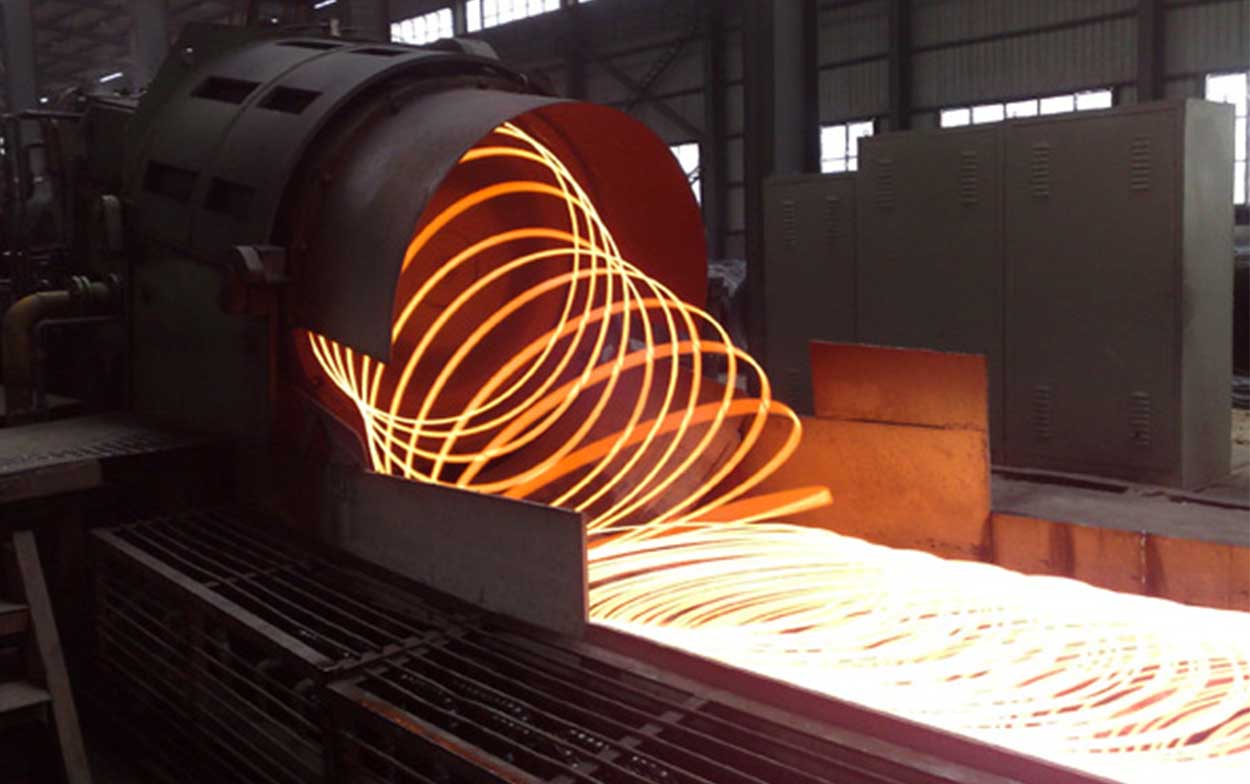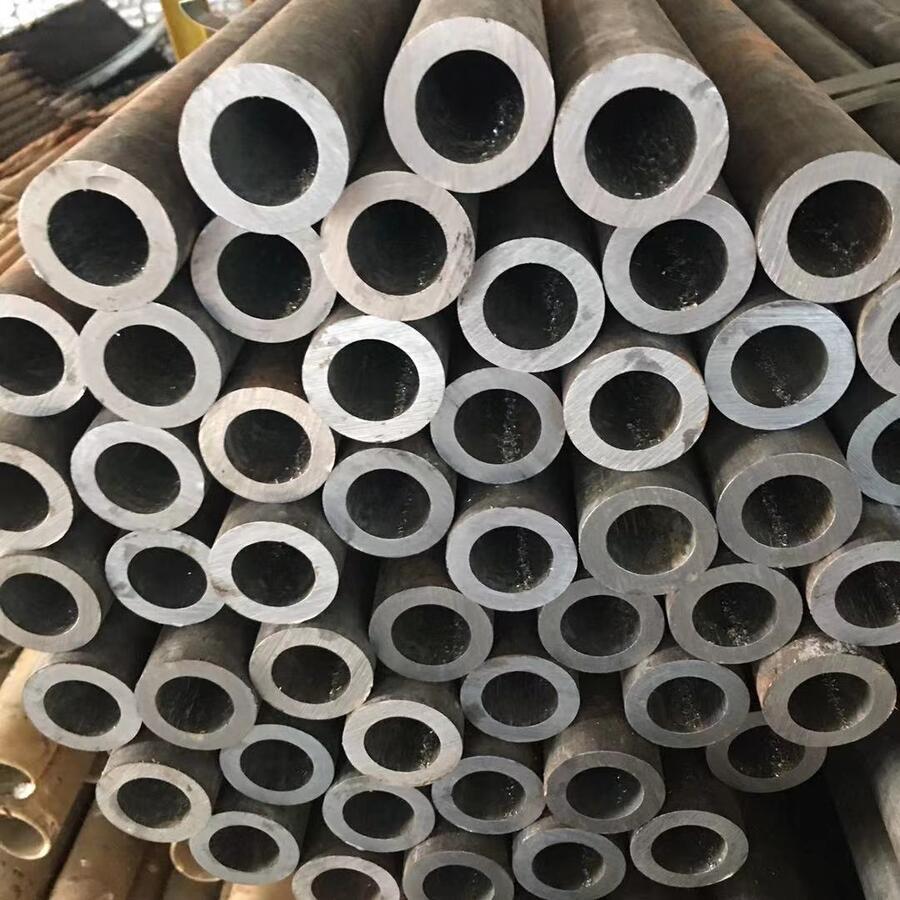The mill steel mechanical system represents the backbone of modern metalworking industries, enabling the transformation of raw steel into precise shapes and dimensions. As a critical component in rolling mills, these mechanical systems combine robust engineering with precision control to meet the demanding requirements of today’s metallurgical processes.

Fundamentals of Mill Steel Mechanical Systems
At its core, a mill steel mechanical setup consists of multiple rotating cylinders (rolls) that compress and shape metal through successive passes. The mechanical system must withstand extreme forces – often exceeding 10,000 kN – while maintaining micron-level accuracy in product dimensions.
HANI TECH’s research shows that modern rolling mill mechanical designs incorporate:
- Advanced load-bearing housings with finite element analysis optimization
- Precision gear systems with ≤0.005mm backlash
- Hydrodynamic or hybrid bearing configurations
- Real-time vibration monitoring systems
Key Parameters in Mill Steel Mechanical Performance
The table below details critical technical specifications for high-performance mill steel mechanical systems:
| Parameter | Hot Rolling Mill | Cold Rolling Mill | Plate Mill | Bar Mill |
|---|---|---|---|---|
| Maximum Rolling Force (kN) | 45,000-100,000 | 15,000-30,000 | 50,000-120,000 | 8,000-25,000 |
| Roll Diameter (mm) | 800-1500 | 400-700 | 900-1600 | 350-650 |
| Rolling Speed (m/s) | 5-25 | 10-40 | 3-15 | 8-30 |
| Mill Stand Stiffness (kN/mm) | 5,000-12,000 | 8,000-20,000 | 6,000-15,000 | 4,000-10,000 |
| Power per Stand (kW) | 5,000-15,000 | 3,000-10,000 | 7,000-20,000 | 2,000-8,000 |
| Thickness Control Accuracy (μm) | ±50-100 | ±5-20 | ±100-200 | ±30-80 |
| Temperature Control Range (°C) | 900-1250 | 20-150 | 800-1200 | 950-1150 |
| Annual Capacity (million tons) | 1.5-6.0 | 0.5-2.5 | 1.0-4.0 | 0.3-1.5 |
Innovations in Mill Mechanical Design
Recent advancements in steel mill mechanical engineering focus on three key areas:
- Smart Predictive Maintenance: Integration of IoT sensors to monitor bearing temperatures, vibration spectra, and load distributions in real-time.
- Hybrid Drive Systems: Combining traditional motors with energy storage units to handle peak loads more efficiently.
- Modular Construction: HANI TECH’s patented quick-change roll systems reduce downtime by 40% compared to conventional designs.
Material Science in Mill Components
The performance of mill steel mechanical components heavily depends on material selection:
- Rolls: Forged steel (60CrMnMo), high-speed steel (HSS), or tungsten carbide inserts
- Housings: Ductile cast iron (QT600-3) or welded steel construction
- Bearings: Oil-film bearings for heavy loads or tapered roller bearings for high-speed applications
According to HANI TECH’s metallurgical laboratory data, advanced material treatments can extend component service life by 2-3 times:
| Treatment | Surface Hardness (HRC) | Fatigue Life (cycles) | Wear Rate (mm/1000h) |
|---|---|---|---|
| Laser Cladding | 58-62 | 1.8×107 | 0.05-0.08 |
| Plasma Nitriding | 65-70 | 2.5×107 | 0.03-0.05 |
| CVD Coating | 72-76 | 3.2×107 | 0.01-0.03 |
Energy Efficiency Considerations
Modern rolling mill mechanical systems incorporate several energy-saving features:
- Regenerative braking systems recovering up to 25% of deceleration energy
- Optimized drive motor selections with IE4 efficiency ratings
- Heat recovery from cooling water systems
HANI TECH’s energy audits show that proper mill steel mechanical optimization can reduce power consumption by 15-30% while maintaining production output.
Future Trends in Mill Mechanical Technology
The next generation of steel mill mechanical systems will likely feature:
- AI-powered dynamic gap adjustment systems
- Additive manufacturing for custom spare parts
- Magnetic bearing systems for contactless rotation
- Blockchain-based component life tracking
As demonstrated by HANI TECH’s recent installations, the integration of these advanced mill steel mechanical technologies can achieve unprecedented levels of precision and efficiency in metal forming operations.




